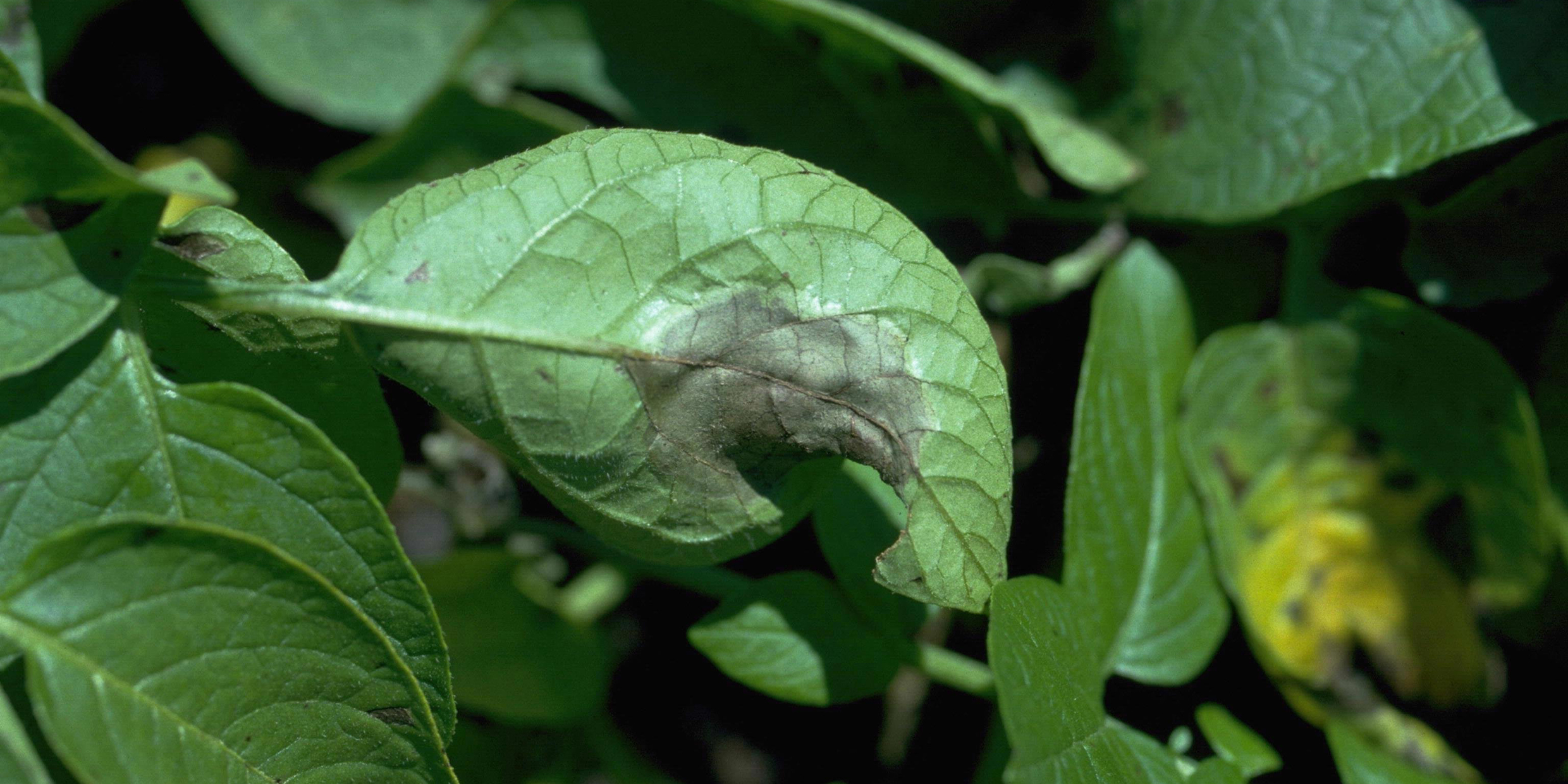Originally published 6 September 1993
WEST KERRY, IRELAND — In the field below, my neighbor Danny Murphy is spraying his potatoes, a bright yellow tank of fungicide strapped to his back. Potatoes are prone to a troublesome variety of diseases, but Danny’s principal enemy is the fungus Phytophthora infestans, called blight.
In the 19th century, this invisible killer of potatoes directly or indirectly caused the death of a million Irish people and sent millions more on a great diaspora to Britain, Australia, New Zealand, and America. The history of the United States was fundamentally altered by the mass influx of Irish immigrants.
Danny’s potatoes are safe from blight, as long as he takes reasonable precautions. Now and then a bag of his spuds appears on our doorstep, straight from the ground. An Irish new potato slathered with Kerry butter is food fit for the gods — candy-sweet, nourishing, and filling.
A century-and-a-half ago the slathering of butter was scarce. For many Irish people, the potato was virtually the only available food, supplemented if one was lucky by a bit of milk, cheese, pork, or cow’s blood. The root cause of this dangerous reliance upon a single food crop was British imperial policy designed to reduce a subject population to passive subservience.
The potato originated in the Andes highlands of South America, and was introduced into Ireland by the English. It flourished in the cool, moist Irish air, and adapted readily to the poor soils of Western Ireland where a large part of the native population had been driven by English settlers. The potato required no more than a spade for its cultivation and a pot for its consumption, and was therefore eminently suitable for a people rendered abjectly poor by British conquest and perfidy.
The fungus that caused the Great Irish Famine, like the potato itself, was a New World import. It is believed to have originated in Mexico, and somehow made its way to the United States, where it found an ideal host — the domesticated potato — somewhere near Philadelphia. It crossed the Atlantic in a ship’s stores, arriving in June 1845 in southern Britain. By August, blight had destroyed crops in every European country.
The effects of the fungus were more severe in parts of Ireland than elsewhere because of the almost exclusive dependence upon the potato as food, and because crowding and impoverishment made Irish people easy victims of cholera, typhus, and other diseases that followed in the wake of famine.
There was no defense. Blight spreads with devastating speed, laying waste entire regions in a matter of weeks. A potato crop that appears healthy and firm in the ground will suddenly become a black, stinking mass. The fungus can not be seen. The cause of Irish famine was as imperceptible and deadly as nuclear radiation.
The invention of an effective fungicide in the 1920s finally brought P. infestans under control. But the pest remains with us. Most troublesome is the tendency of P. infestans to develop resistance to commercial fungicides.
The fungus reproduces asexually and sexually. There are two mating types, called A1 and A2. For sexual reproduction to occur, both mating types must participate. Until recently, the A2 mating type was restricted to Mexico, the fungus’s place of origin. Now A2 has spread to the United States and Europe.
Biologists worry that sexually-reproducing P. infestans will be quicker to develop resistance to pesticides, through a greater reassortment of genes. In Mexico, where the A2 mating type is common, many new and virulent strains of blight have appeared.
The potato and blight have long been locked in an evolutionary battle to infest and to be resistant to infestation. Biologists have now vigorously entered the battle on the part of the potato.
If P. infestans remains active, why did massive famine not recur in Ireland during the long decades between 1846 and the invention of fungicides?
A hint of the answer is visible from my window — beyond Danny Murphy with his backpack of fungicide in the field below, beyond the harbor and Dingle Bay.
In 1858, the first Atlantic telegraph cable was brought ashore at Valencia Island, barely visible out there in the mist. Suddenly the world became a smaller place. News crossed the Atlantic in seconds, not weeks, and the consequences of British policy in Ireland would henceforth be monitored by the world, and particularly by the increasingly influential Irish diaspora.
The Valencia terminus of successive Atlantic cables is no longer in use. The old cable station has been converted to light industry, and the handsome Victorian buildings that housed the telegraphers are now private residences. But from the time the first cable was laid in 1858 until the development of an effective fungicide in the 1920s, two-thousand miles of copper wire helped alleviate the effects of P. infestans on the Irish people.



